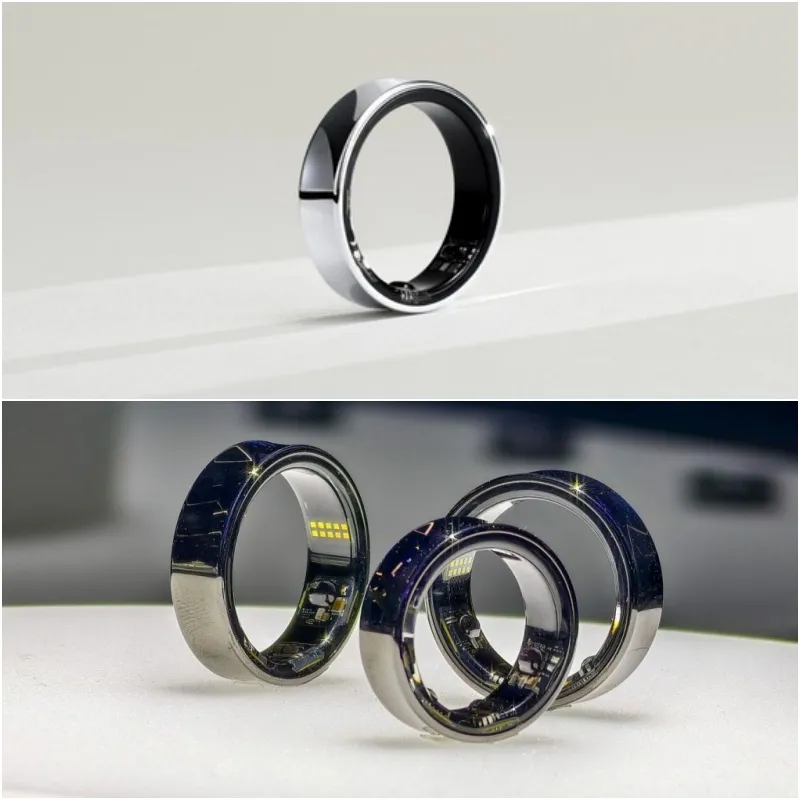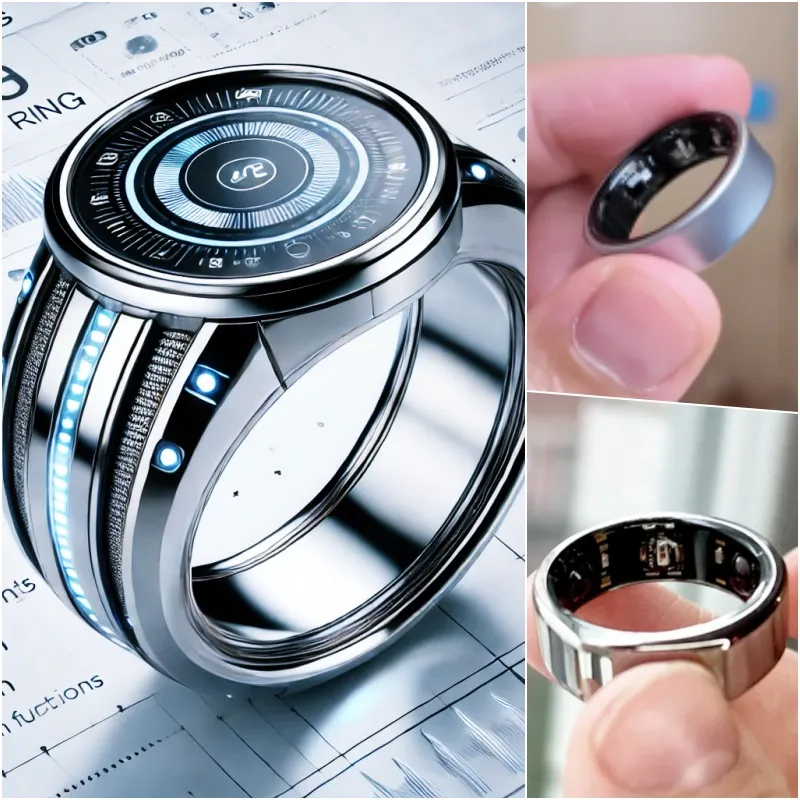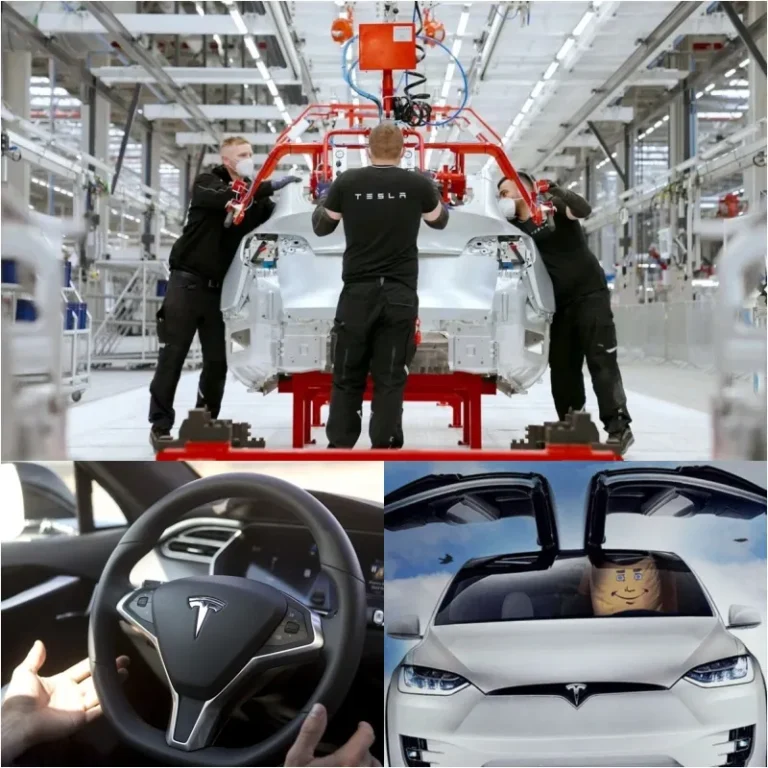
The Rise of Smart Rings
The smart ring market is attracting significant interest from major tech companies and telecom operators, with forecasts predicting it will exceed $1 billion by 2032.
While Samsung has garnered much media attention recently, Forbes highlights that Oura Ring is currently leading the smart ring sector. Starting from a successful Kickstarter project in 2015, Oura Ring has released three generations of smart rings and has sold over 2.5 million units to date, making it the market leader. The upcoming Oura Ring 4 is anticipated to be launched by the end of 2024, and experts predict it will continue to be one of the top-selling products. A recent survey indicates that smart rings are among the most anticipated wearable devices at present.

Besides Oura, other brands are also gaining attention. Forbes editor Tim Bajarin, who has been using the Ultrahuman Ring AIR since February, praised its health tracking features, particularly its sleep monitoring capabilities. Despite its small size, the ring includes a PPG sensor that tracks crucial metrics such as heart rate, blood oxygen levels, sleep patterns, and movement.
The Ultrahuman product features a 6-axis sensor for accurate motion tracking and is made from “aircraft-grade” titanium reinforced with tungsten to prevent breakage. Bajarin believes it could serve as a viable alternative to the Apple Watch for health tracking in certain situations.
Telecom operators in the US are also joining the smart ring distribution race. Last week, Verizon officially began selling the Ultrahuman Ring AIR alongside the Apple Watch, joining AT&T and T-Mobile. Earlier in July, AT&T signed an exclusive deal to sell Samsung’s Galaxy Ring. Many experts view the enthusiasm of telecom operators as a sign that smart rings will soon see broader market acceptance.
Apple is currently seen as the leader in health-tracking wearables with the Apple Watch, while Fitbit holds the second spot. Reports suggest that both Apple and Google are exploring ways to enter the smart ring market to avoid being left behind amidst emerging startups. Samsung, a major player, has recently introduced the Galaxy Ring but it is not yet widely available.

However, smart rings face skepticism regarding their diversity and potential for widespread adoption. Most current models struggle to serve as fashionable accessories like smartwatches. While some offer various colors, their designs are often similar, making it challenging for brands to stand out.
The smart ring category as intriguing and receiving serious user interest, but notes that its growth will heavily depend on breakthrough technologies in the smart ring market moving forward.






